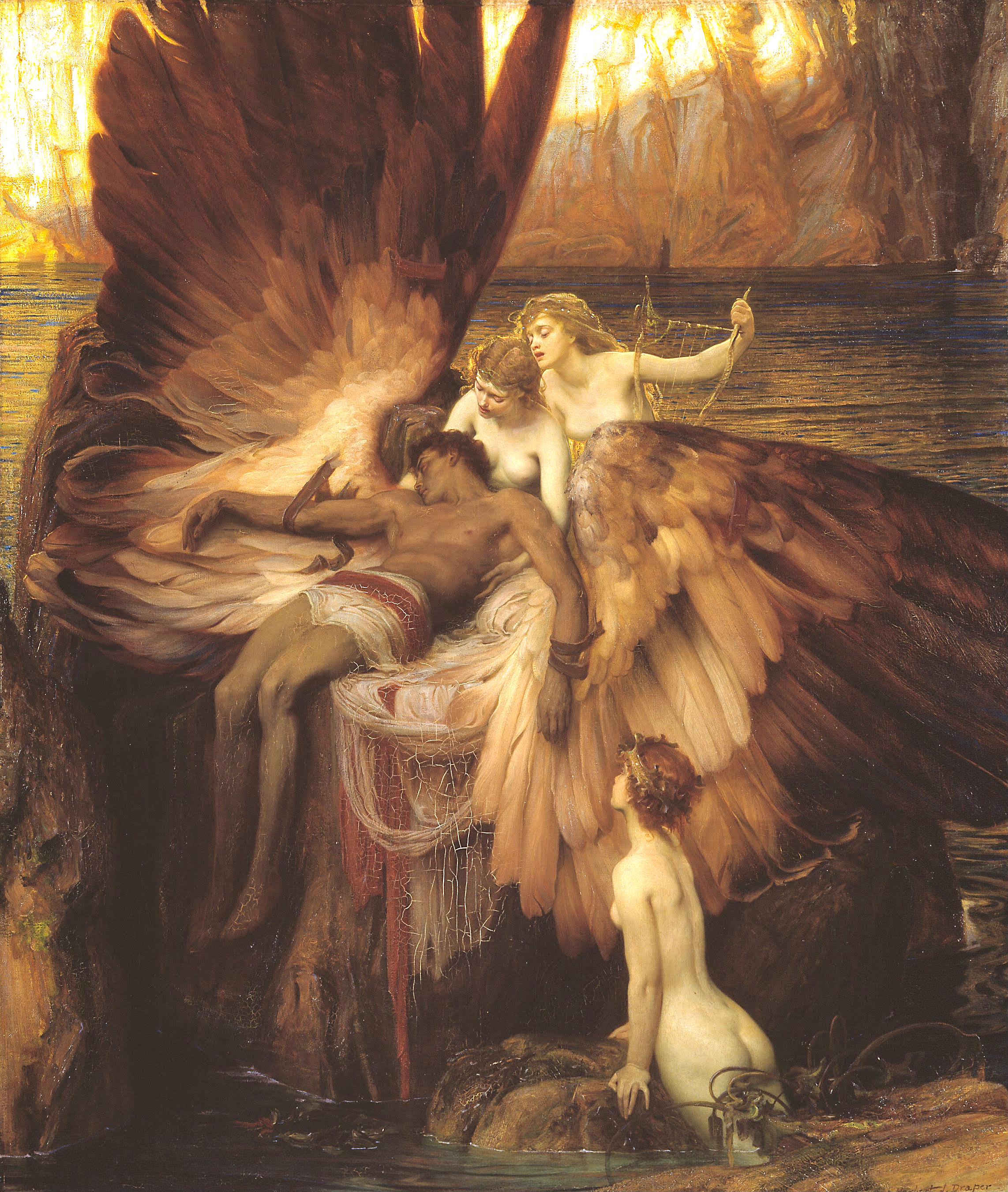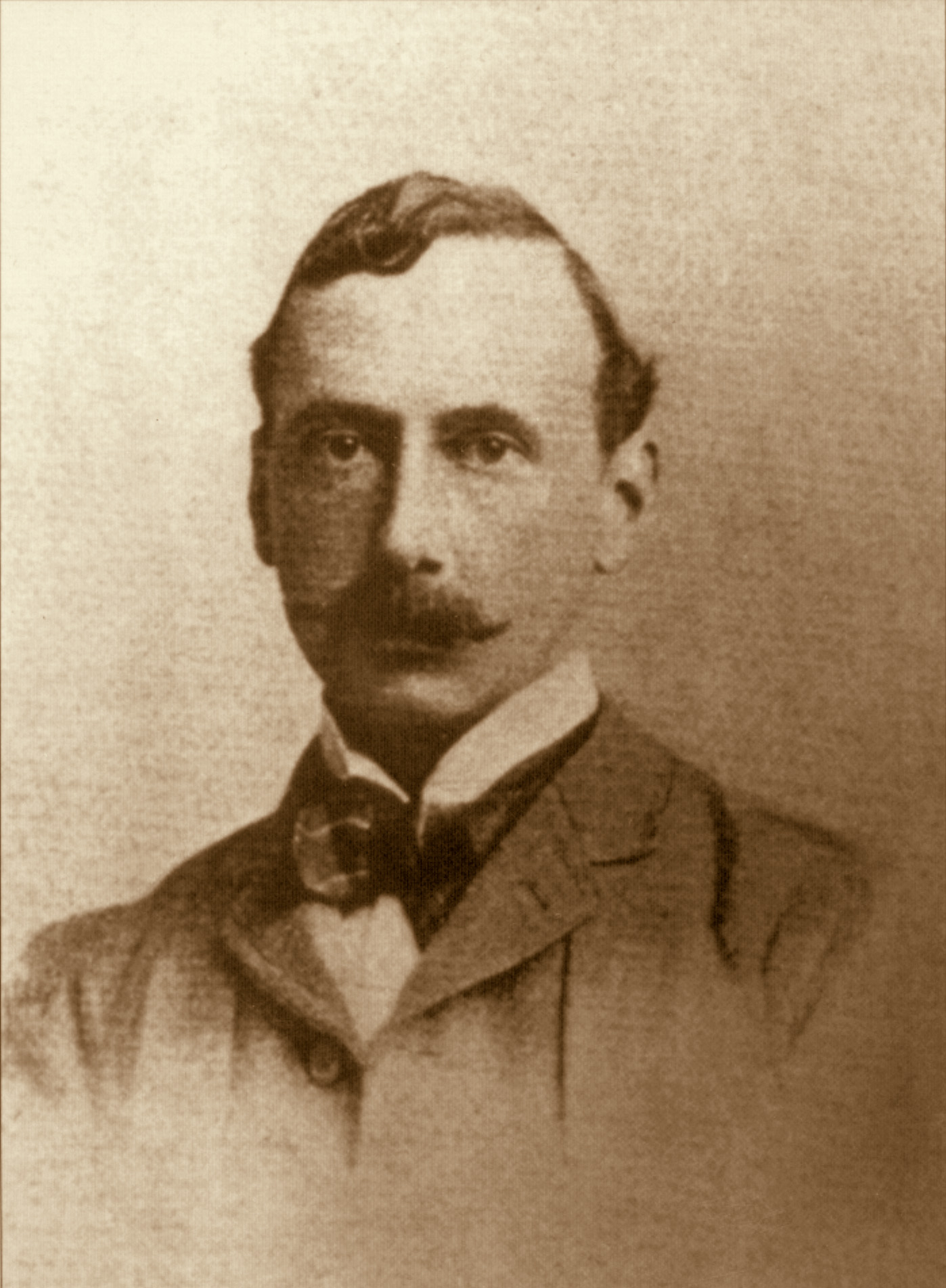This painting by Herbert James Draper depicts a lifeless Icarus, surrounded by lamenting nymphs. This use of the male body as a vehicle for the projection of subjective emotion, is a feature of late-Victorian painting and sculpture. Draper applied liquid light effects without abandoning form and used mainly warm colors. The wings are based on those of the bird-of-paradise with the tanned skin of Icarus denotes his close approach to the Sun before falling while the rays of the setting sun on distant cliffs emphasize the transience of time. Moralizing, sentimental and sensual, The Lament for Icarus ultimately became a well-composed image of epic failure.
The painting was bought from the Royal Academy exhibition in 1898 through The Chantrey Bequest, bequeathed by Sir Francis Leggatt Chantrey R.A., a public fund for the purchase of modern art. The Lament for Icarus was subsequently awarded the gold medal at the Exposition Universelle of 1900 in Paris.


 Herbert James Draper
Herbert James Draper